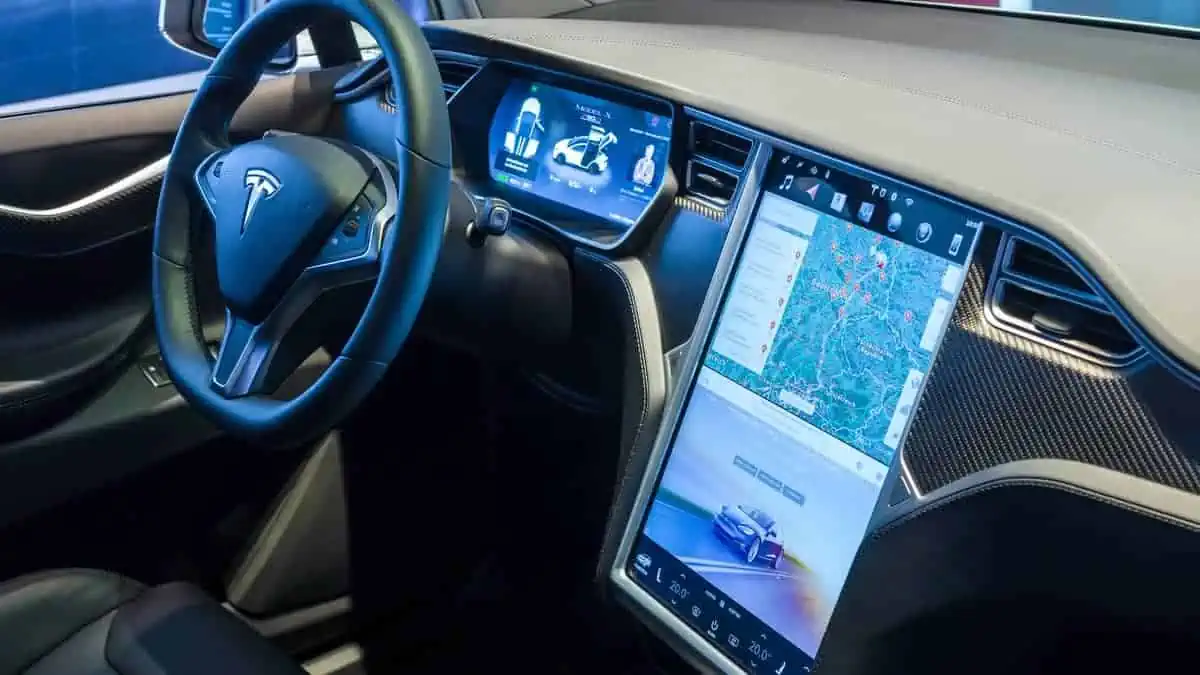Tesla enthusiast and hacker green (@greentheonly) shared his new discoveries on Twitter regarding Tesla’s advantage in offering an effective and efficient driving experience.
How is Tesla using its map service more efficiently than Google?
green claims that Tesla electric vehicles use alternative routes.
If online navigation is enabled, they take a route from Google rather than just grabbing alternatives. Then, they will feed that data into Tesla’s cloud-based map service.
Apparently, Tesla’s map service returns potential options that have been reduced via unidentified processes.
He went into much more detail, but the main point was that Tesla’s method allows drivers to customize guidance to their particular vehicle, improving the efficiency of the driving experience.
Green also indicated the following features of the Tesla map service:
- Map corrections (stop signs, crosswalks, accurate traffic data)
- Lane information, travel directions, etc.
- Speed (displays yellow/red path)
- Real-time map updates (rough road patches etc.)
- Speed limit detection and real-time speeds return every about 2 minutes
This data interchange guarantees that only pertinent map segments are updated, giving Tesla drivers more precise data. This fleet data collection demonstrates how Tesla can constantly improve many driving elements.
These maps will continue to grow better the more Teslas hit the roads.
All that said, Tesla’s map service is basically similar to Waze, but it is currently exclusive to Autopilot.
Notably, having a defined path improves Autopilot’s performance. The information about the upcoming path is not fetched if you don’t.






